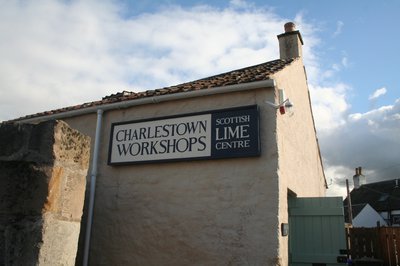Charlestown Workshops is the SLCT hub and where most of our staff are based. It is one of our locations where we hold seminars and many of our practical courses start here. We have a visitor exhibition, which you're welcome to visit during office hours, explaining the social and economic history of limeworking at Charlestown and the significance of the appropriate repair of traditional buildings, including the use of lime-based materials.
The Scottish Lime Centre Trust is based in Charlestown, a late 18th century planned industrial village, because it was here that the lime industry in Scotland developed from a medieval craft industry into a commercial enterprise playing a pivotal role in the industrial revolution in Scotland. The massive bank of 14 lime kilns (now scheduled as an ancient monument), at the height of its production in the early nineteenth century supplied around one third of all the lime being used in Scotland. Along with the majority of the UK lime industry, this had fallen into decline by the middle of last century and eventually ceased production in the 1950s.
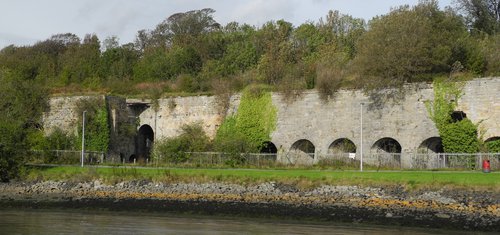
The lime kilns today
Our buildings here were formerly the estate yard and workshop- the base for all building and general maintenance operations on the Elgin Estate. SLCT moved into the Charlestown Workshops in 2002 following a 3 year project to fully restore the buildings to the highest specification, under our guidance, using both traditional and environmentally conscious building materials. We like to think that the historic use of this site is now reflected in the activities of the Scottish Lime Centre Trust.
Charlestown Workshops before & after restoration
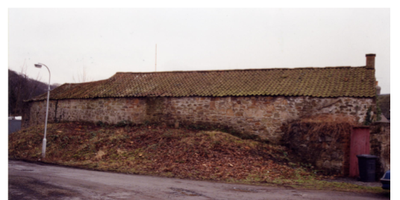
Charlestown Workshops before restoration
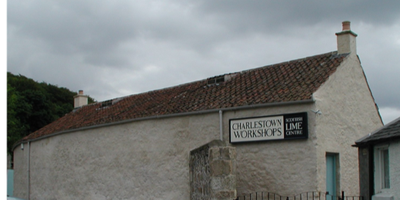
As Charlestown Workshops looks today
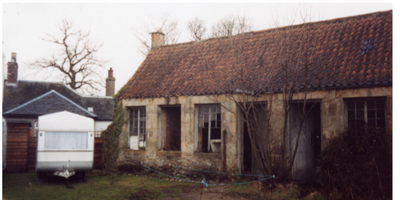
Charlestown Workshops before restoration
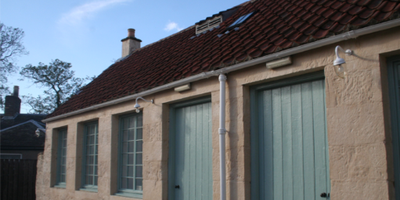
As Charlestown Workshops looks today
A Little More About Charletown and its History...
The village of Charlestown was built by the 5th Earl of Elgin in 1761. It is situated on an area of Limestone high above the river Forth with panoramic views of the Forth Road and Rail bridges as well as Rosyth Dockyard. The Earl build the village in the shape of his initials, C and E, it was the first model village in Scotland (predating New Lanark).
Lime was in great demand from 1700-1900 for use by builders, farmers (to sweeten the soil), in the Iron foundry’s and for glass making.
At the same time, land owners were changing the use of their land, especially in the Highlands, which brought about a mass exodus of people (The Highland clearance). Lord Elgin made use of this situation at the beginning of the Scottish industrial revolution; he employed many of them in his lime works while he housed and educated their families in his model built industrial village. There are still descendants of the working living in the village today; the McDonalds and Fergusons have lived in the same houses for over 200 years. The men in the families worked in the kilns, built down the brae by the river Forth. The harbour was on hand to transport the lime by tall ship.
The lime works, which had brought security, in the form of jobs houses and education, to many families closed around 1935. The harbour and the old kilns can still be seen today, but yachts have now taken the place of the tall ships. It was from Charlestown Harbour that Andrew Carnegie set sail to America. Many others sailed from here to the ‘New World’ – Australia, New Zealand and Canada.
The village today looks very similar to how it did back then, most of the homes however are now privately owned; the present Earls father sold the houses to his tenants for £40! This area of Fife has now become a much sought after after area in which to live.
The one thing that has never changed in Charlestown is the warm welcome the locals give to visitors, so do come and see us soon so you can find out much more.
Isobel Brown
Charlestown Local and Scottish Lime Centre Trust Volunteer
